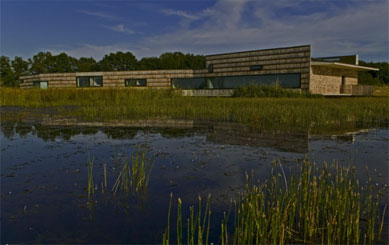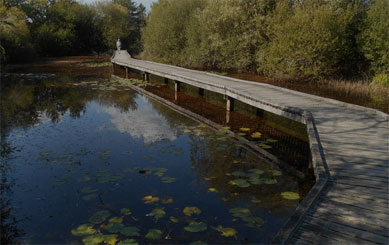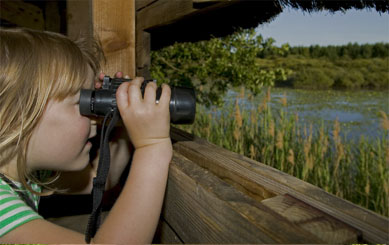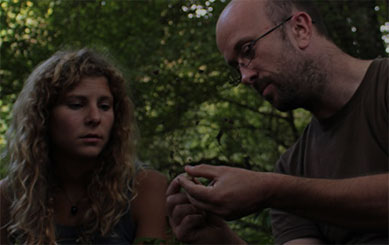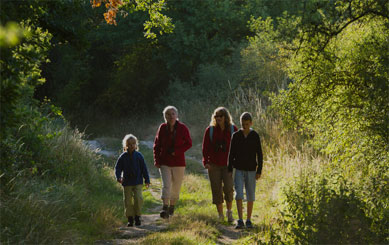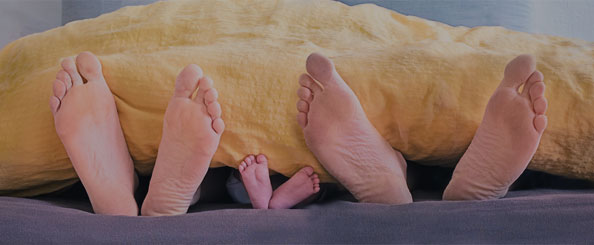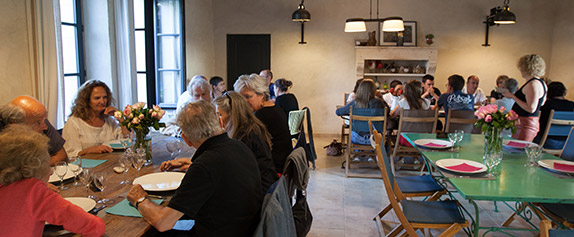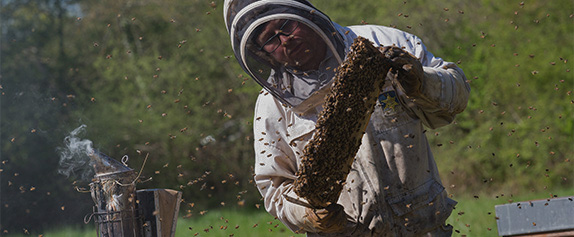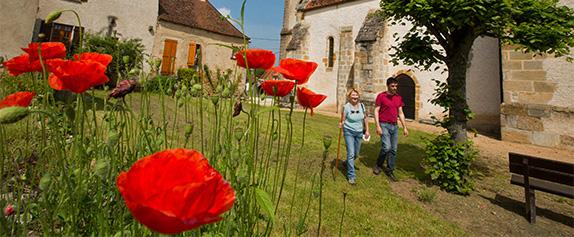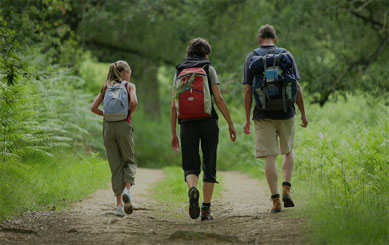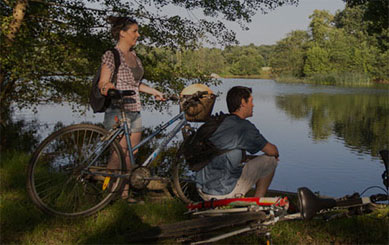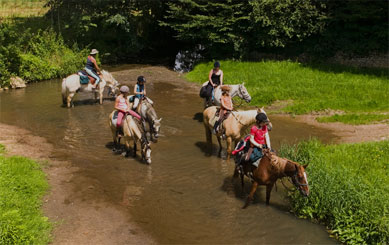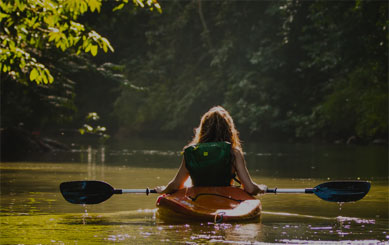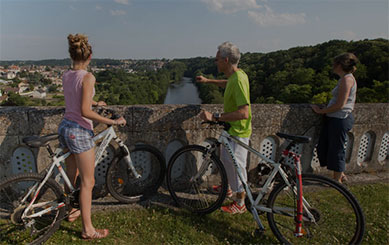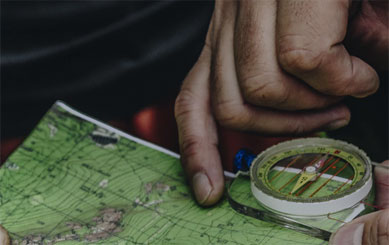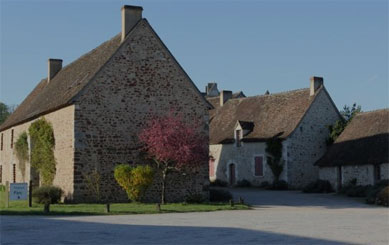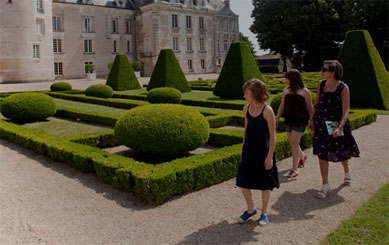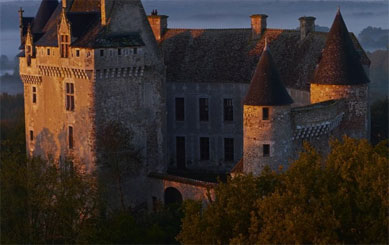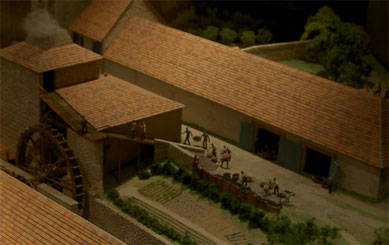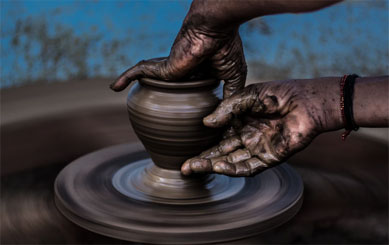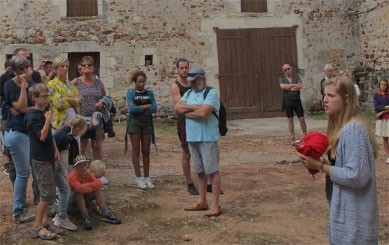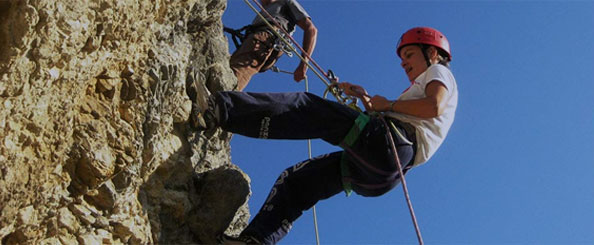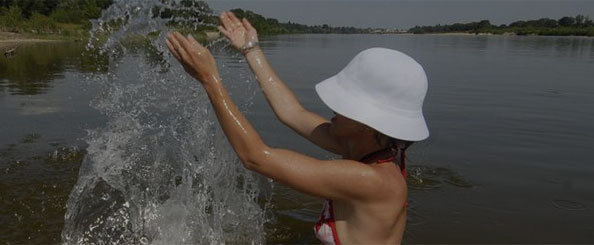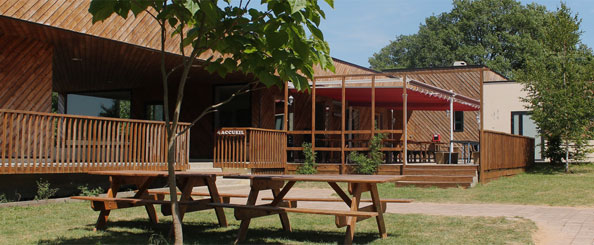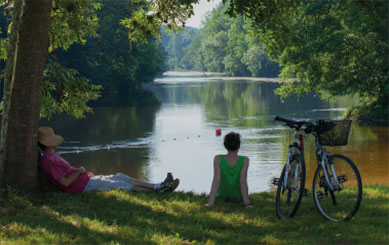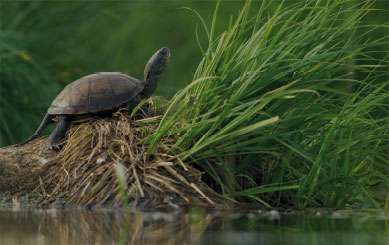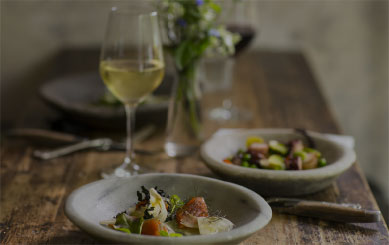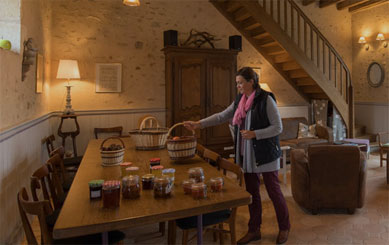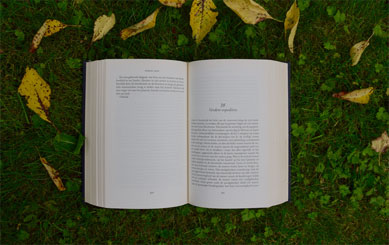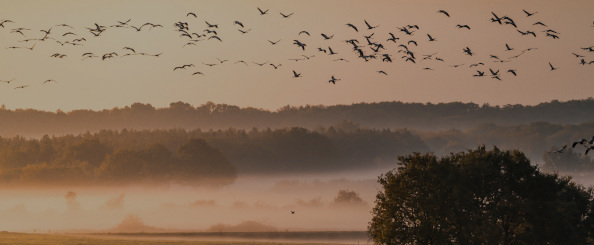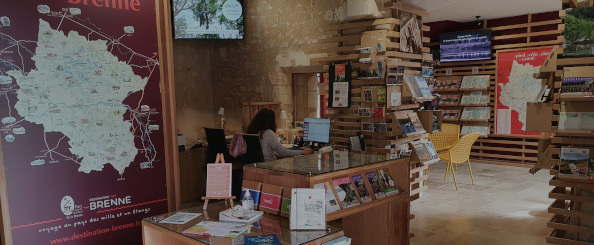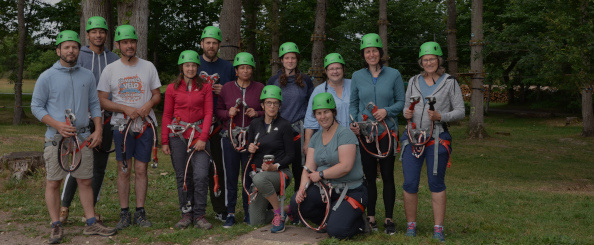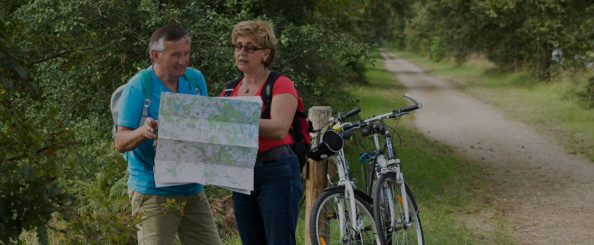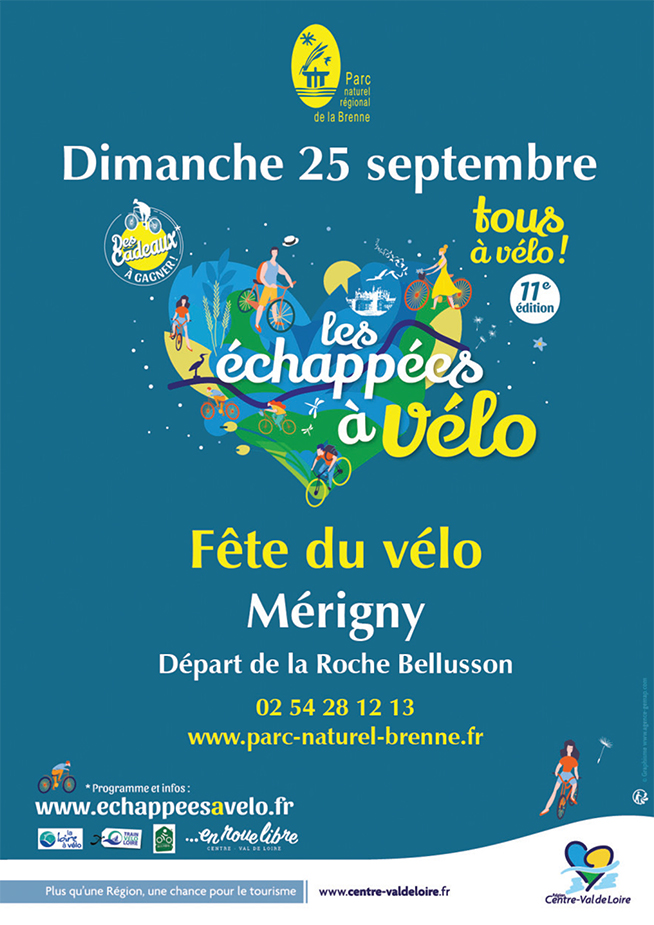The Brenne could hardly be termed a migration hot spot as we are far from most species established migration routes. However many species that spend the winter in Africa or southern Europe come here to breed or to congregate in early autumn, the list is long and a few species do migrate through the area.
Ospreys are commonly sighted many probably moving south having bred a little farther north; there is now a substantial breeding population around Orleans and the Loire river and a few are now breeding locally. Black Storks tend to concentrate at certain half-empty lakes and often the same lakes every year; it’s not unusual to see 10 or more together.
It’s not the best time for plants but very early September is the Autumn Lady’s Tresses flowering time. They aren’t over abundant one of the best sites to find them is the north end of Bellebouche lake.

The Brenne’s lakes have for centuries been used for rearing fish, the main species being carp. Even today they are, in turn, emptied every autumn, the traditional way of harvesting the fish. It may take weeks for the larger lakes to empty and often just as long to fill again so that for a few weeks the mud that is open to the air and the shallow waters with concentrated fish may attract many bird species. As it’s during the migration period many wader species may occur, usually the commoner species with Wood Sandpiper and Spotted Redshank among them and there’s always the chance of something more unusual. Water Pipits are often in evidence.
And whilst in the area why not try tasting a little local fish yourself. Many of the local restaurants serve “frites de carpe” as a local speciality, have a try you may well be pleasantly surprised.

Once into October we can start expecting the first cranes to appear. There are always some around by mid-October and once into November they increase rapidly, normally reaching a maximum of 10,000s by the end of the month.

Those species that shoudn't be missed




